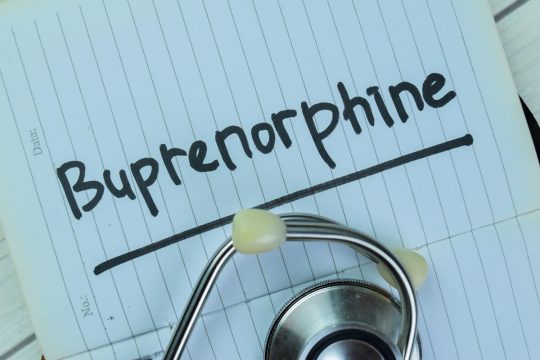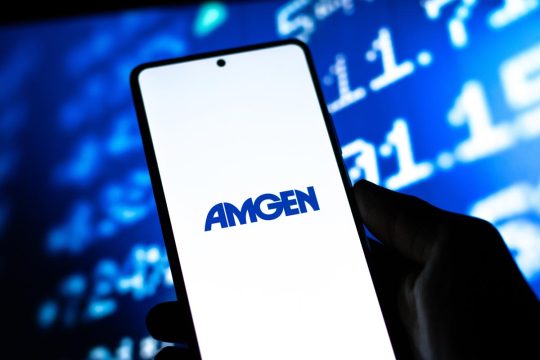Advertisment
IMW 2019: As treatment options explode, questions remain myriad in myeloma

Article written by Tom Collins. Interview by Esther Drain.
Meletios Dimopoulos, MD, professor and chairman of clinical therapeutics at the University of Athens and a long-time expert in the field, outlined what he sees as the biggest questions of the moment in a keynote address at the International Myeloma Workshop.
How should high-risk smoldering myeloma be defined?
Recent stratification guidelines have been developed by the Mayo Clinic and researchers in Spain, but Professor Dimopoulos said there may be room for other factors to be considered, including IgA disease and genetic abnormalities such as t(4;14) and del(17p).
“I believe there is further work to be done in identifying those patients,” he said.
•What is the role of minimal residual disease status?
This topic gives rise to a subset of questions, such as whether treatment should be continued until MRD negativity is achieved, and whether therapies should be changed until a patient is MRD negative.
Also, he asked, “Should we continue treatment in MRD-negative patients forever? We know now that there are patients who are on lenalidomide maintenance for 5, 7 or 10 years and probably some of these patients are cured. Can we stop lenalidomide in these patients who have been on sustained MRD for many years?”
What about patients who are MRD-negative but become MRD positive during follow-up while the patient is in a stringent complete response?
“There are some trials indicating that these patients should be at least in the context of the trial receiving therapy,” Professor Dimopoulos said. “If we treat a patient who is MRD-negative and converts to MRD-positive, should we treat him as relapse or we should have a different approach?”
•How should high-risk myeloma be defined?
Perplexing cases shows that this is an area that needs refinement, Professor Dimopoulos said.
“There are patients who are revised ISS (International Scoring System stage) 1 and have early relapses and also there are other patients with revised ISS 3 who remain without progression for many years. We clearly need additional markers.”
•How to best treat elderly patients?
“Even in the most current trials that are using monoclonal antibodies, we have approximately 20% of elderly patients who have early treatment failure,” he said. “It does not appear that the activity of novel combinations may affect this 20%.”
•What to make of lenalidomide-refractory cases?
“How is lenalidomide resistance defined?” Professor Dimopoulos said. “What are the mechanisms?”
Also, he said, the impact of the dose and duration of treatment needs to be better understood.
“Is lenalidomide re-treatment feasible in at least a subset of patients?”
•What if a patient takes an anti-CD38 drug, such as daratumumab, up front and it fails?
“Can we re-treat with anti-CD38?” he said. “Can we change to another anti-CD38 monoclonal antibody? What is the role of isatuximab in daratumumab-refractory patients?”
The urgency of these questions is clear, he said.
“As we have more treatment options for myeloma, there are more equations that are arising,” he said. “Despite the evolution of myeloma therapy, survival remains quite below that of the general population.”





